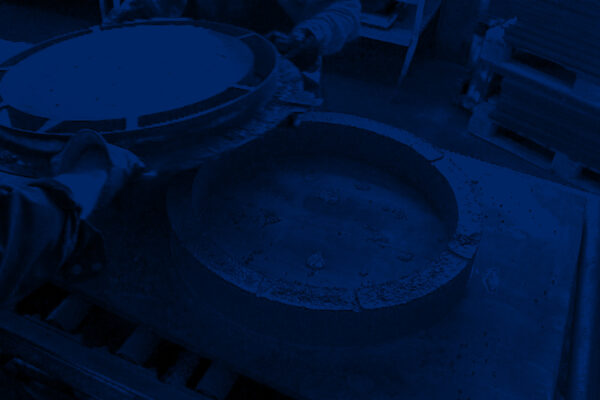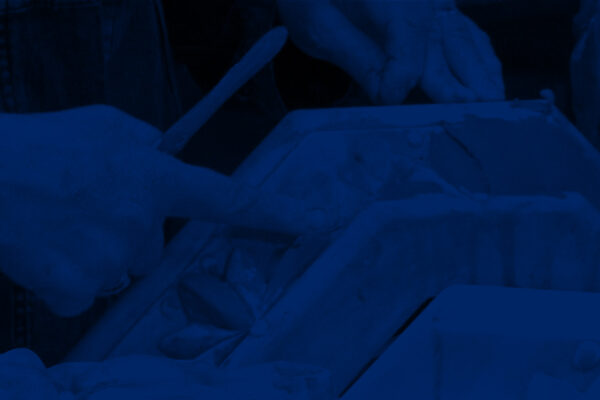

A TILED STOVE IS BORN
The manufacturing process is highly artisanal and requires practical experience and knowledge.
For more than 150 years, skilled craftsmen have worked with ceramics in Timmernabben, on the coast of Småland. The artisan manufacturing process means that glazing, decorations and dimensions can easily be customised according to the relevant environment and the customer’s needs. The aim is to make products of high quality, with good function and artistic form.
Tiled stove production consists of three main elements. The heat-storing frame, the tiles and the cassette. We manufacture tiles and frames ourselves and the various components of the cassette are supplied by subcontractors and assembled in our factory.
The great challenge is the ceramic part in the form of tile manufacturing. It requires great professional knowledge and experience because clay and glazing are two “living” materials that, when combined, make up the tiles used on our tiled stoves.
THE THREE MAIN COMPONENTS OF PRODUCTION
FRAME
• The frame of a tiled stove weighs approximately 1,200 kg and consists of around 40 parts that are made of a special heat-storing concrete mixture.
• The different parts are cast in moulds that are vibrated to minimise air pockets. When the mould is removed, the parts are placed on a rack for curing.
• After a day of curing, the parts are cleaned and brushed to remove any sharp edges and other unevenness.
• After curing, the frame parts are watered and placed on EU pallets in the order in which they should be mounted.
THE TILES
• Clay is mixed and extruded under vacuum through a matrix to remove any air. It is cut into pieces and placed under plastic to rest for a few days.
• Once the clay has rested and has the right consistency, the tile is extruded. Crowns and friezes are wet-pressed and corners and ledges are cast. The wet-pressed parts are gently cleaned and polished by hand.
• Now the parts must dry for three days to reduce the moisture content before they are grinded and fired for the first time.
• After drying, grinding and first firing, glazing, decorating and second firing finally take place.
THE CASSETTE
• The various components of the cassette are inspected upon arrival and stored.
• In the first step, the cast iron cover and the cassette are repainted and the threads are cleaned.
• Brass or stainless steel frames, hinges and dampers are mounted on the cassette.
• The handle, glass and sealing strip are mounted on the windows, which are then hooked onto the cassette.
• Vermiculite is sawn and mounted in the cassette and the outer windows are hooked on.
• After functional inspection, we attach the various decals to the now finished fireplace cassette.






